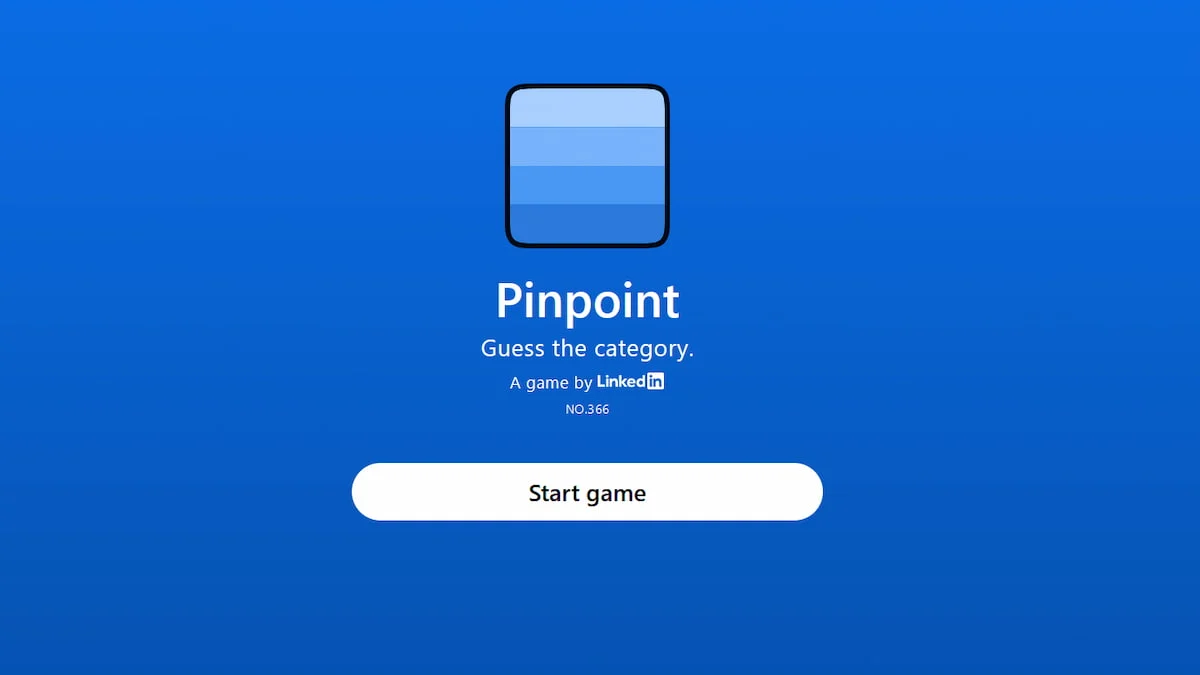Beyond Anagrams: A Power Player’s Field Manual for Word Salad
A fresh, tactical approach to the daily clue-and-letters challenge—designed for players who want faster solves, longer streaks, and fewer “almost” guesses.
Word Salad looks simple at first glance: a handful of clues, a pool of letters, and the satisfaction of slotting the right word into place. But the top players on GameTipster don’t rely on luck or brute force. They use a crisp, repeatable process: parse the clue like a lexicographer, reduce the search space with letter economics, and confirm candidates with skeleton patterns before committing. This guide breaks that process into actionable steps you can use today.
Quick Start
Play the official daily puzzle at wordsalad.app. If you’re protecting a streak and hit a wall, confirm one entry at WordSalad.solutions and finish the rest solo.
Who this is for
Players who want a process, not just tips—speedrunners, streak preservers, and anyone who loves the puzzle’s blend of crosswords and anagrams.
How Word Salad Really Works (Mechanics That Matter)
Each puzzle pairs concise clues with a shared letter pool. Your task is to map each clue to a precise English word spelled exclusively with the available letters. Unlike free-form anagramming, the letter pool creates a zero-sum economy—spend a rare letter in one answer and it may vanish as an option elsewhere. The best players use that economy to their advantage.
- Clue types: straight definitions, idioms, grammar-marked cues (past tense, adverb), proper nouns, and gentle wordplay.
- Letter constraints: the pool governs feasibility. Keep an eye on duplicates (two S’s? three vowels?) and rarities (Q, J, X, Z, V, K).
- Order effects: solving an answer that uses up awkward letters can dramatically simplify remaining words.
The 7-Step Solve Loop (Used by High-Scorers)
- Survey first, hands off the letters. Read all clues once. Label easy ones mentally (“gimme,” “tense-marked,” “proper noun”).
- Create a letter ledger. Note rare letters and counts (e.g., Q×1, V×1, S×2). This informs which answers you should target early.
- Generate tight synonyms. Translate the clue into 2–3 exact candidates. “At a quick pace” → briskly; “Blackboard writer” → chalk.
- Build a skeleton. Sketch pattern frames like B R _ S K L Y or C H A L K and verify against the pool. Skeletons kill bad guesses quickly.
- Spend rarity with certainty. Commit rare letters only when a candidate is >90% confident. Burning a Q on a hunch often cascades into dead ends.
- Clear the short words. Two- to five-letter certainties prune the pool and reveal feasible longer structures.
- Final audit. Recheck each clue, tense, and spelling. Most lost streaks are preventable typos.
Your Personal Pattern Library
Word Salad rewards “pattern seeing.” Build a micro-library you can scan mentally before each game. Here are high-yield categories to memorize:
Morphology tells
- -ly → likely adverb (briskly).
- -ed → past tense or participle (confessed, affixed).
- -ness → abstract noun (callowness).
- re- / un- / mis- → action modifiers (recalibrate, unseat, misread).
Letter-economy heuristics
- Q→U check: if Q exists, verify U. No U? Rethink your candidate.
- Consonant bottlenecks: K/V/X/Z decide order; spend with certainty.
- Duplicate tracking: If a solution needs two S’s, confirm the pool actually has them.
Worked Micro-Scenarios
Scenario 1 — Idiom to Past Tense
Clue: “Came clean.”
Process: Idiomatic past → shortlist confessed, admitted. Check letter counts. If two S’s and enough consonants exist, CONFESSED locks and removes a tricky double-S block from the pool.
Scenario 2 — Object Noun
Clue: “Blackboard writer.”
Process: Concrete noun → CHALK. Spending K early shrinks combinatorics and clarifies the remainder.
Scenario 3 — Adverb Cue
Clue: “At a quick pace.”
Process: Adverb frame → BRISKLY. Build skeleton B-R-I-S-K-L-Y and verify availability before committing.
Training Drills You Can Do in 5 Minutes
Affix Sprints
Write re-, un-, -ed, -ly on a sticky note. For 60 seconds, generate candidate words from each. You’re priming pattern recognition for live play.
Skeleton Checks
Take any clue you solved today. Reduce the answer to a pattern (e.g., C H A L K). Could another plausible word have fit? Why not? This builds elimination speed.
Rarity Routes
Practice identifying where rare letters naturally belong (e.g., V in averse, X in affixed). On puzzle day, you’ll know what to test first.
Common Pitfalls—and the Fastest Fix
Pro Mode: Optimize for Speed or Streak
Speedrun Settings
- Play right after caffeine when verbal recall peaks.
- Solve in batches: clear 2–3 short clues, then one long one.
- Use a mechanical or full-size keyboard if on desktop; fewer mis-taps.
Streak Guardian
- Set a 3-minute cap per clue. After that, switch targets.
- Allow yourself one emergency confirmation at WordSalad.solutions on truly brutal days.
- End every run with a spelling and tense audit.


